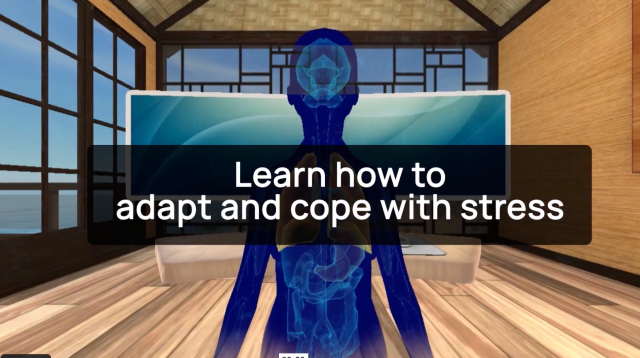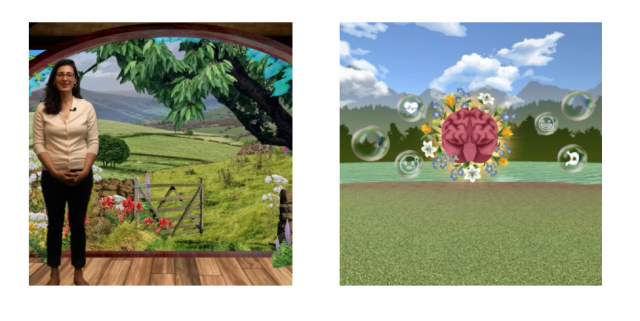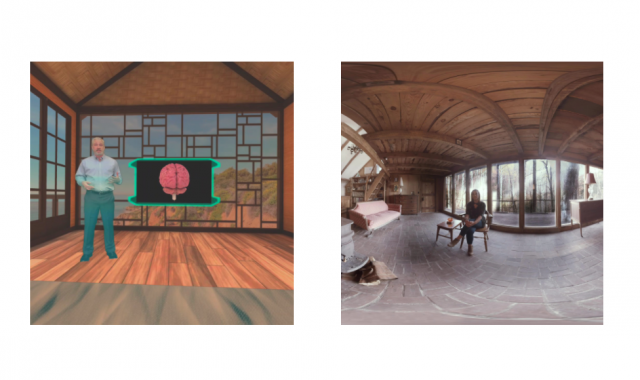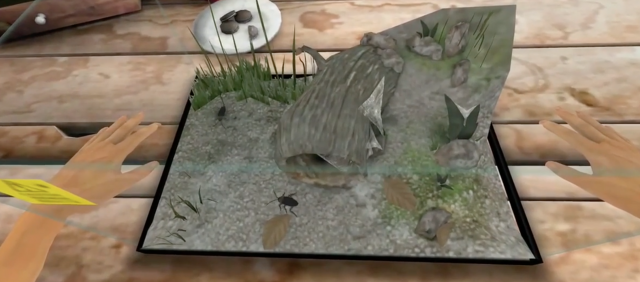BehaVR largely believes in helping people work through feelings of stress, anxiety, and fear, towards a safer and improved state of well-being. Their goal is to make mental healthcare accessible to all by building coping skills through the transformative, readily available medium of VR and currently sells therapeutic software on pre-loaded headsets to health care providers.
VR has been used somewhat recently to tackle various disorders, notably, PTSD, anxiety and phobias. The concern regarding such disorders has risen as the pandemic has brought along widespread anxiety and increased rates of PTSD. As someone who has always been interested in wellness apps, I wanted to take a look to see what are the existing options available in VR that aims to improve the general well-being of people.
Why they are engaging
One of their featured programs is CenteredVR which helps to rewire the brain in a natural way, leveraging the unmatched neurological powers of VR. This helps people to conquer chronic stress and relearn more appropriate, healthy responses to stress that serve their health long-term.
They get to experience in-class expertise from behavioral health experts from the VR sessions and receive guided meditation in an immersive setting. From here they will learn to build a foundation of coping and relaxation techniques.


Another program that they have is RecoVRy which can augment the help sought by people with substance use disorders to pave a more effective path to addiction recovery. It is uniquely positioned to target the dysregulated neurocognitive processes that underlie and exacerbate addiction.
This allows the patients to have a safe space to build a sense of shared experience and community that has no risk of stigmatization.

What features are well done
One of the best parts of VR is how immersive it is and BehaVR has done well in creating an all immersive experience to capture the patient’s attention and activate the brain’s 4 learning centres. This allows experiences to be encoded more efficiently and helps them to be less stressed out in such welcoming, safe environments.
Visual help such as guided meditators and augmented humans can make the experience all the more engaging in the comforts of their own home in an interesting and new environment.
What features can be improved and how
One type of behavioural therapy usually used for the treatment of PTSD is exposure therapy and VR is an excellent tool to use to simulate environments as closely as possible to the patient’s most feared situation in a safe manner as all details can be controlled by the technician.
Most of the programs right now primarily use VR as a visual enhancement in wellness tools however I believe more can be taken advantage of using VR to tackle more serious forms of anxiety by utilising the visual environment as a form of exposure therapy and not just having largely audio-related help with accompanying visual backgrounds. I believe that it does not stretch the potential of VR which can be used to mimic real life scenarios to treat more serious forms of disorders.

An example of using VR as exposure therapy
Common more civilian-related phobias can be easily replicated in such programs to target an even greater variety of issues in a way that is difficult to replicate in real life. This will surely increase the diversity of solutions that BehaVR is able to give.
